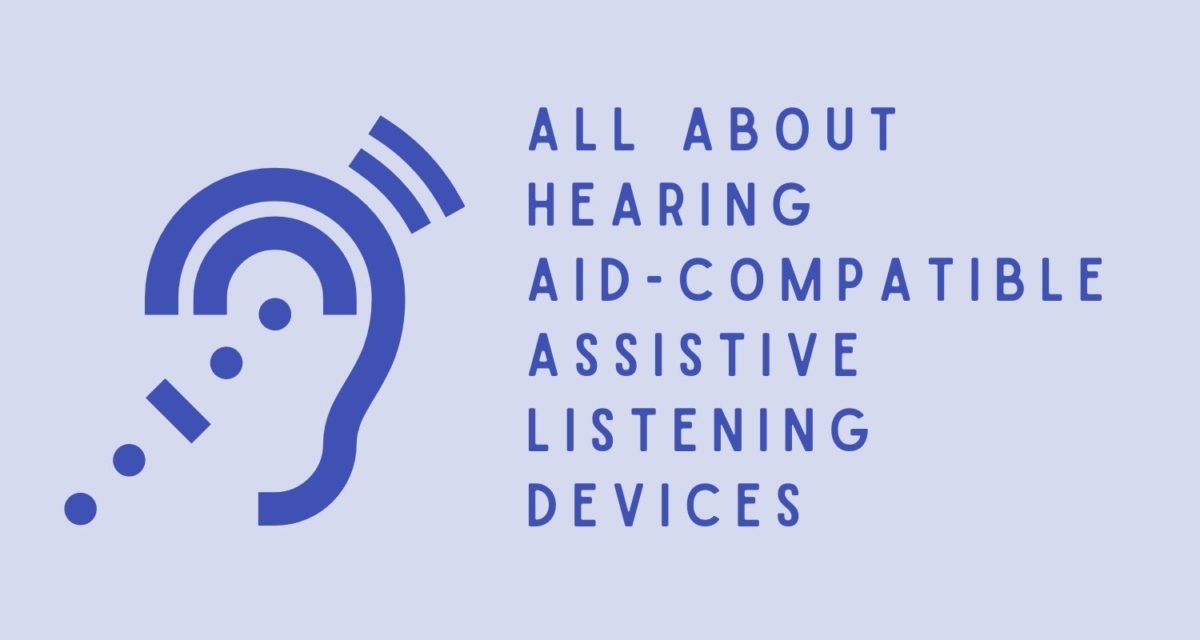- Are Cochlear Implants Worth It? - June 6, 2025
- Tips for Using Hearing Aids in Different Environments - May 27, 2025
- Rechargeable Hearing Aids vs. Battery-operated Hearing Aids - May 16, 2025
More than 30 million Americans live with debilitating hearing loss. Of those, only about a quarter of people who have hearing loss will visit an audiologist, acknowledging their hearing loss and seeking solutions.
Of course, there are many reasons why people don’t seek treatment, ranging from cost to cultural attitudes regarding hearing health. Another leading factor that dissuades folks from confronting hearing loss is the lingering stigmas associated with hearing aids. Any transitionary period in life is a process, and as the greatest predictor of hearing loss remains to age, hearing health remains stigmatized as a sign of getting old.
But the multitude of options for treatment are more varied than ever before and deliver clearer sound and more powerful amplification. And that isn’t just true for hearing aids, there is a wide range of Assistive Listening Devices (ALDs) on the market that can significantly enhance your listening experience.
Types of ALDs
Bluetooth
One of the most frequent complaints from households of those with hearing loss is the inconvenience of enjoying television programs, music, and films with their healthy hearing family members. As they compromise on volume levels and whether or not to employ closed captioning, even in a compromise no one is left happy.
Hearing aids will certainly improve the experience versus untreated hearing loss, but for a relatively small addition, the enjoyment of entertainment can become significantly more pleasurable.
In today’s market, many hearing aids are equipped with Bluetooth technology. That means that you can turn your hearing aids into headphones by connecting directly to the audio of your phone, smart tv, computer, or tablet. Set the volume of the device to whatever pleases the crowd, while your audio will stream via your hearing aids, set to your hearing prescription.
Soon, recent advancements in Bluetooth technology (LE Audio) will make wireless connectivity easier, more accessible, and clearer than ever before.
FM-systems or line-in options
For people who don’t use Bluetooth-enabled televisions or devices, there is a way to easily connect directly to audio without investing in an entirely new entertainment setup. FM-systems or line-in options are devices that connect equipment to media devices like televisions, stereos, computers, or radios. From there, the equipment will send the audio wirelessly to your hearing aids.
ALDs also work for group events, performances, and presentations and can be particularly useful in the workplace. Transmitters can be placed near speakers or performers that will then transmit the sound directly into your ears, so that you can hear exactly what you want to without the interference of background noise or unimportant sounds (like crowd or co-worker chatter).
T-Coil and Loop Systems
Another option for group settings is T-coil and loop systems, which are typically installed in public and commercial conference or meeting rooms, assembly halls, places of worship, and theaters. These systems work best for large spaces as they rely on a wire strung around a (usually spacious) area. This wire picks up sound amplified from a microphone and enables that signal to travel along the wire to be picked up by a hearing aid’s t-coil. Instead of the hearing aid’s microphone, hearing aids equipped with a T-coil can tap into the sound from the loop system, amplifying the signal straight into your ears.
Ask the property manager or host if the space you are in is equipped with a loop system, or look for a sign that has a picture of an ear with a line crossing diagonally through it and a small capital T in the bottom right-hand corner.
Reasons People Choose ALDs
For many, a hearing aid is a foundational component of hearing loss treatment that can be truly exceptional when paired with additional equipment. You might even think of it as a hearing care package, which is more customizable to your unique needs and lifestyle.
There is a vested interest from Boomers who, now confronting age-related hearing loss, have also become accustomed to the phenomenal sound. As the first generation to embrace the high-fidelity sound, taking care to preserve the highest audio performance possible is a priority.
Finally, ALDs can also serve as a stepping stone to further hearing amplification. For the people unwilling to commit to hearing aids full time, they can try out home amplification first. If you’re ready to learn more about how ALDs can optimize hearing in your life, contact us today!

